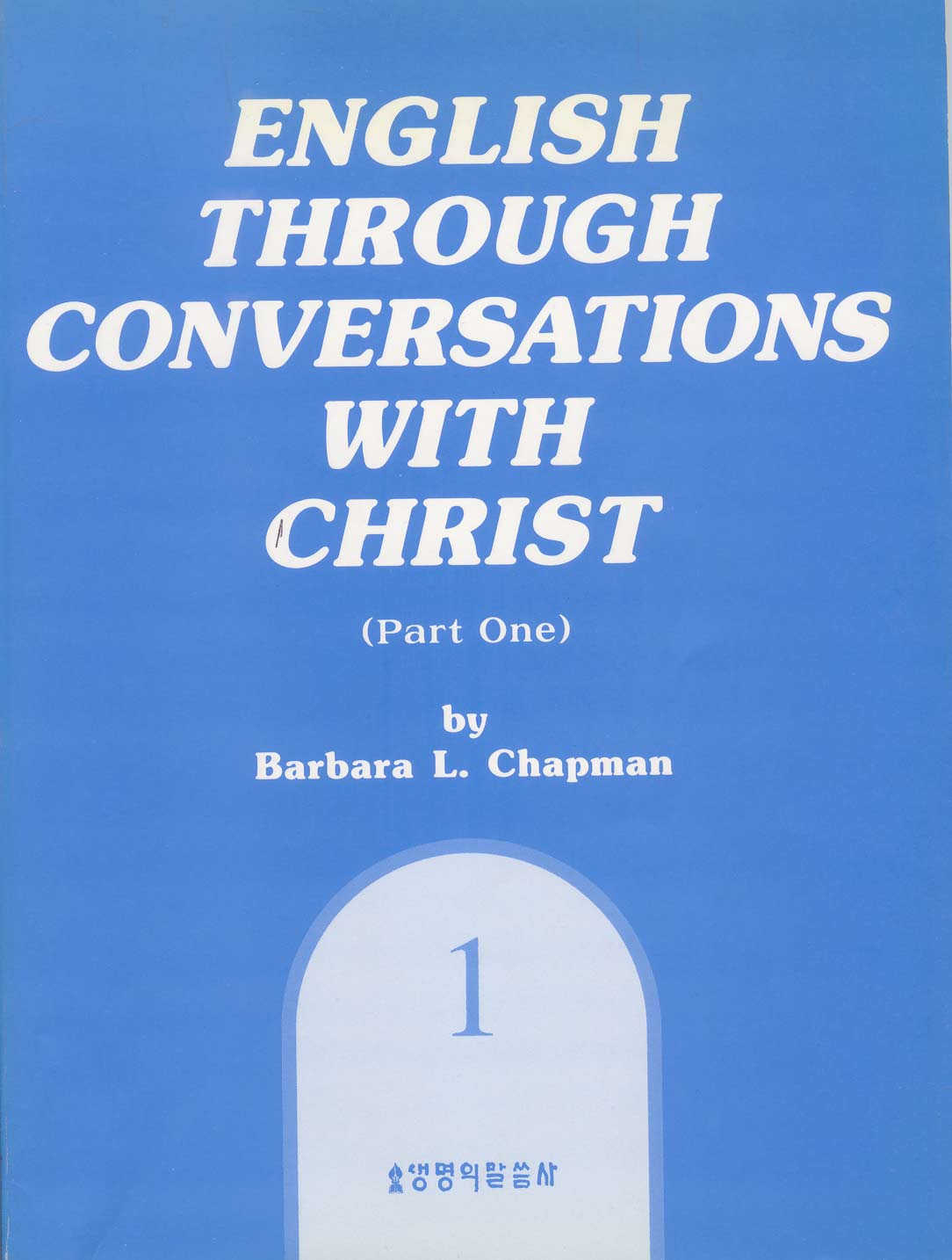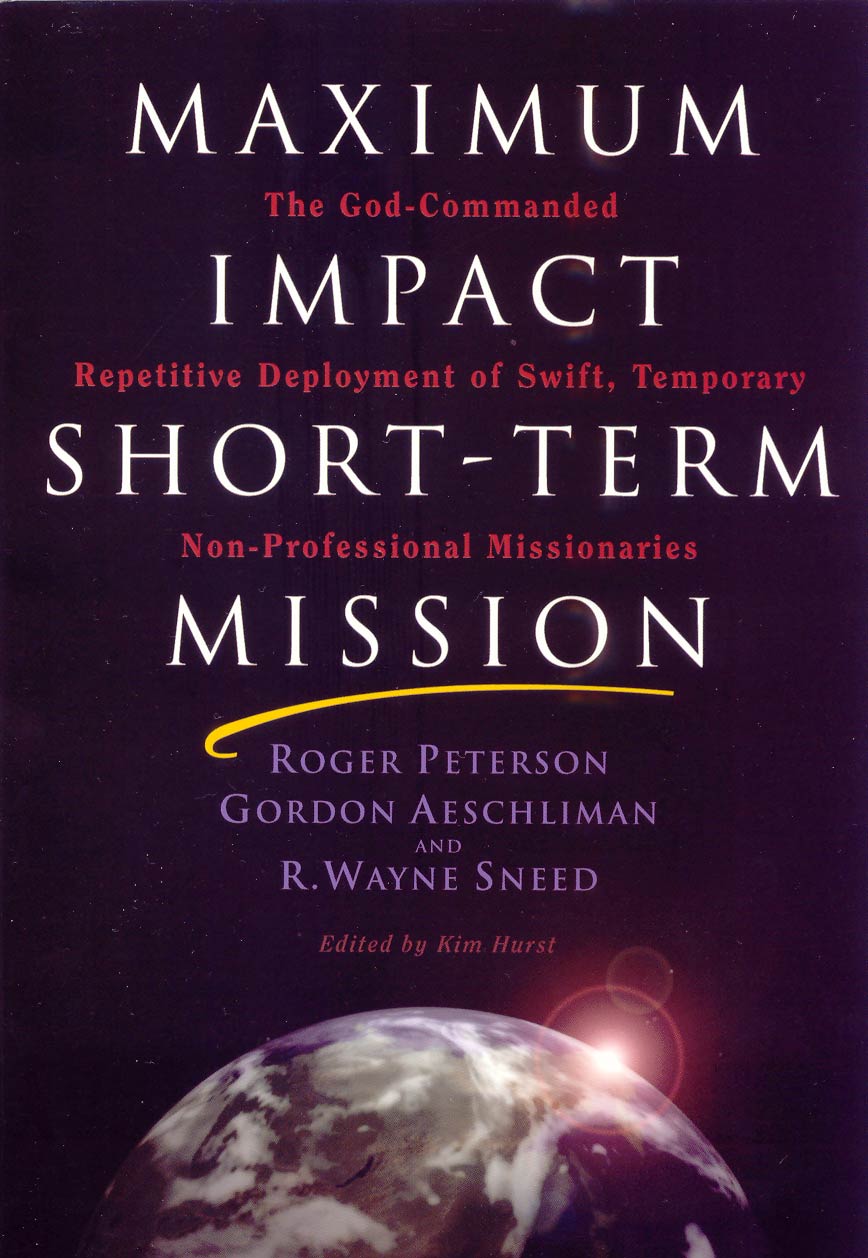AN APPEAL FOR SUPPORT
We invite you to support this ministry. Contributions in support of this Ministry are tax-deductible. Kindly send your support to
Bethany International
6820 Auto Club Road, Suite A
Bloomington, MN 55438.
Please write Thirumalai's Ministry in the memo column. Also, please buy your books using the AMAZON link given in every page. Even the smallest contribution will help in running this journal.
BOOKS FOR YOU TO READ
AND DOWNLOAD
- SO, WHAT WILL YOU LEAVE BEHIND? LeRoy Dugan
- Standing on the Shoulders of Giants
Learning From Those Who Preceded Us in Faith Pastor Dave Strem with James Skeen - SAVED BY HIS LIFE
Understanding the Book of Romans Pastor Harold Brokke - MARRIAGE -- Building Strong Lives and Strong Relationships Pastor Dave Strem with James Skeen
- HELP THE HURTING, SUPPORT THE LAME!
Lessons from Isaiah by Pastor Dave Strem, and James Skeen - WARNINGS FOR AMERICA
Lessons from Isaiah by Pastor Dave Strem with James Skeen - THE SPIRIT'S PASSION
A Book of Christ-centered Poems and Free Verse by Pastor Harold Brokke - THE LAW IS HOLY by Pastor Harold Brokke
- WORLD MISSIONS - A HISTORICAL PERSPECTIVE
by Tom Shetler - LIVE A VICTORIOUS LIFE IN THE SHADOW OF THE CROSS! : INTERCESSION, WARFARE, AND DELIVERANCE
by Pastor Ted Hegre. - MISSING PIECES: THE INCOMPLETE GOSPEL by LeRoy Dugan
- LUTHER'S PROTEST by M. S. Thirumalai
- TELL ME IT'S TRUE ...
A Book Of Poems by Stan Schmidt - SOMETHING IS GREATER THAN WONDERS...
A Book Of Poems & Free Verses by Pastor Harold Brokke - GEMS OF TRUTH by Stan Schmidt
- WHERE IN THE WORLD IS GOD? by Alec Brooks
- LIGHT OF THE WORLD, an Original Screenplay by W. G. Orr
BACK ISSUES
- NOVEMBER 2001
- DECEMBER 2001
- JANUARY 2002
- FEBRUARY 2002
- MARCH 2002
- APRIL 2002
- MAY 2002
- DECEMBER 2002
- JANUARY 2003
- FEBRUARY 2003
- MARCH 2003
- APRIL 2003
- MAY 2003
- JUNE 2003
- JULY 2003
- AUGUST 2003
- SEPTEMBER 2003
- OCTOBER 2003
- NOVEMBER 2003
- DECEMBER 2003
- JANUARY 2004
- FEBRUARY 2004
- MARCH 2004
- APRIL 2004
- MAY 2004
- JUNE 2004
- JULY 2004
SEND YOUR ARTICLES FOR PUBLICATION IN Christian Literature and Living.
- E-mail your articles and book-length reports to thirumalai@bethfel.org or send it by regular mail in a floppy disk to:
M. S. Thirumalai, Ph.D.
6820 Auto Club Road, Suite C
Bloomington, MN 55438 USA - Your articles and booklength reports should be written, preferably, following the MLA Stylesheet.
- The Editorial Board has the right to accept, reject, or suggest modifications to the articles submitted for publication, and to make suitable stylistic adjustments. High quality, academic integrity, ethics, and morals are expected from the authors and discussants.
Copyright © 2001
M. S. Thirumalai
LEARN ENGLISH TALKING TO JESUS!
A Review of a Textbook Intended to Teach English
Joseph Kemerley

TO BALANCE BETWEEN GIVING THE GOSPEL AND TEACHING ENGLISH EFFECTIVELY
Textbooks to teach English to speakers of other languages books are wide and varied. There are no two books that are alike. Also, each book has a specific purpose audience that the author wants to reach. Each text has its own limitations as well as benefits. When looking at another's work, it is easy to be critical of the potentially negative aspects of the author's writing. However, it must be acknowledged that writing material for teaching can be rigorous and painstaking. In writing about my thoughts about English Through Conversations with Christ Part One, by Barbara L. Chapman (TEAM Mission, Word of Life Press, Seoul, Korea), I will try to be balanced and as fair as possible.
As Christian ministry worker, I've taught English in Eastern Europe to a good number of students. I sincerely believe that teaching English abroad helps us to give the Good News of Jesus Christ to our students in many ways. However, I am also confronted with the problem of getting materials that teach English effectively and interestingly, while providing me an opportunity to tell my students about Jesus Christ. I always felt that I needed to balance the need to achieve the goals of English teaching class with my personal goal of giving the Gospel in some manner to my class.
BOOK DESIGN
As a person trained in the print industry, cover and text designs are more obvious to me than maybe to others. As I was looking over the text available to critique, I nearly passed over this book initially because the cover did not appeal to my senses.
The cover is plain and simple, though it has all of the important elements like the title, author, and book number in the series. However, the cover color is soft and pleasant to the eyes and this aspect drew me to the book to some extent. The paper used is good, very sturdy, and laminated inside and out, which is nice for students because they tend to bend and rip the books as they carry them around in the bags. The typesetting is laid out well and is easy to read. The fonts used are standard English fonts which are used in most printed material. This is good because it allows the learner to become familiar with standard typed English.
Each lesson has a consistent feel and is recognizable throughout the book. As the teacher goes along, the students know what is coming next because of the regular patterns.
THE DOWNSIDE
The downside that I see throughout the book is the lack of extra white space for the students to write extra notes in their books. This extra space can be helpful for allowing the student to write the pronunciations for difficult words throughout the text that is not in the vocabulary or pronunciation exercises.
As I initially glanced through the book, I noticed there were few pictures throughout the text. The majority of the pictures that are available are in clusters with no text surrounding them. Because of this, I feel as though the book appears to be boring due to the large amounts of text on each page. One additional color may have been helpful to break up the chapters or headings on the pages, such as blue to match the cover.
WHO IS IT FOR?
This book was designed for non-native speakers of English who have had already studied English and who have a desire to learn Biblical English terminology. The audience of the book is primarily for adult learners, not children.
While the text is a primary source for teaching, it could be used as a secondary source as well. That is because the book is very teacher-oriented and could use plenty of supplemental material. The basis for this reasoning is that the author made a note in the preface that "all the drills are 'open-ended' and can therefore be expanded" and "the author has only attempted to give the teacher a 'starting point' from which to draw the desired Biblical principles."
This gives a clue that additional materials will be needed if the teacher wants to go beyond what is given. Also, the style of the book may represent the time in which it was written, which is 1983. Moreover, since it was written in Korea, it may have some cultural elements in the teaching style used in the book.
CONTENT
There are seventeen lessons in this book. Each one focuses on a passage from the Gospel of John from the Holy Bible. Each lesson builds on top of each other and focuses on a different aspect of the English language.
The lessons cover not only the grammar sections, but American culture and everyday use of English as well. Each chapter is laid out in the same manner. First there is the lesson plan, then pronunciation, group practice, individual practice, reading, vocabulary, and finally a summary of what was learned. This same pattern is used throughout the book, except toward the middle of the book the author began putting the pronunciation after the group and individual practice and put these at the front. Finally, there are three appendixes at the end which have a few illustrations and writing exercises.
LESSON PLANS
Each lesson has the lesson plan at the front of the chapter. It is laid out in sequential order and gives additional information for the lesson. This is a good setup because many TESOL texts have a separate teacher's book.
This book has everything in one place. The instructions are not long or difficult, which is good if a new teacher does not have much experience.
If the teacher would like to expand the text or give homework, there is nearly no instruction at all. This text appears not to have any homework included and would have to be made up by the teacher. It could be useful for the teacher if each chapter had a page or a half a page that includes a few exercises that go over the material taught in the chapters prepared. This could be given as a homework, or included as an extra activity for the fastest students in the group if time permitted.
LESSON SET UP
Each lesson has the same setup and feel to them. This brings consistency into the classroom. The teacher and student gage their progress based upon the structure of the lesson. There are group lesson where the whole class speaks in chorus. Then the individual practice comes next where the teacher listens to each student speak. This procedure could take extra time away from the class teaching itself. However, it is good for each person to get a chance to speak and be evaluated.
Pronunciation is given in such a way the learner can easily learn the sounds. Marks are placed around the letters for those who are visual learners. As the teacher says each word, the auditory learners will pick up the words as well. The combination works very well.
The reading exercises are reasonable lengths. The student should not get tired because they are not extremely long. However, they may trouble with some of the Biblical names.
The vocabulary is toward the end of the chapter and are few in number. This could be a downside because it may help to have the vocabulary at the front to help the student become familiar with pronunciation and meaning of the word before the reading of the text. Though being at the end, it gives good discussion because the word can be explained in the context of the reading they just covered.
At the end of the lesson there is a Understanding the Scripture or Questions for Discussion section where the teacher reviews what was learned in the reading for comprehension. This section could be given as homework and reviewed the next day if the teacher runs out of time.
DRILLS
The drills for the group and individual practice are helpful because each student gets a chance to speak and hear the language. They cover grammar and use of English well. Substitution drills are commonly used throughout the book. The drills are heavily dependant upon the teacher because each word spoken to bounced off the teacher.
There is little room for students work on their own speaking skills without the direct overseeing by the instructor. This can be good because their English will be greatly improved because of the consistent contact with the native speaker. One the other hand, the students may feel more free to speak in English to their friends one on one rather then in front of the class. Also, having more pair work exercises would give each person the ability to speak more throughout the duration of the class. Sometimes, students become passive listeners when the class exercises are focused on one student at a time. This tends to happen if the class size is big.
PROS AND CONS
Before a teacher can use any text for classroom use, the pros and the cons need to be weighed. However, what one person considers a con, another may see it as exactly what is needed.
One thing that is easily noticed is that the book is very teacher-centered. Each exercise is based on teacher-student participation. This is good because it exposes the students to the native English speech pattern equally. With the exception of the chorus drills, each student takes their turn speaking to the teacher.
The students may spend much of the class listening and not talking.
Drills of this sort require active participation by the teacher for the duration of the class. This can be tiring especially if there are several classes in a row that need to be taught.
Some pair work where the students work in groups with no teacher involvement would be a good addition to the text. This may allow the students to speak more during the class. However, if the students are prone to speak in their native tongue to complete the tasks given, it may be better not to do pair work. The teacher would have to decide this based on each individual class.
The book is very structured and is consistent throughout. Each chapter feels the same and has the similar exercises as well as it follows similar pattern. The overall variety of the kinds of drills is lacking. Knowing the text is for adult learners, one must also realize that they do not like children's games very much.
More pictures could be added throughout the text to help explain some of the harder terms or stories. The ones that are available are good, but more could have been used on each page. The pictures are black and white hand sketched drawings. The pictures have a child's feel to them and could be improved for adult learners.
The vocabulary is in line with the author's preface at the beginning where Barbara Chapman notes that the text is for those who have studied English before. Most of the vocabulary words are Biblical words the students may not know. As already pointed out, the vocabulary lists are toward the end of the lesson. The benefit to this is that the vocabulary can be taught in context of the reading. The downside is that not knowing the words before reading the text could cause confusion during the assignments.
It would be nice to see more terms presented that would round out the difficult words in the drills. Also, a few maps of the places of cities could be helpful in the text. The pronunciation practice was thorough. It showed new words and how to say them. Markings were surrounding the text to help the students say them correctly. Each drill built on top of the other making a complete lesson where nothing was left out concerning the task at hand.
Overall, a question arises in my mind whether I would use this text as my primary source of teaching. The answer is No. A claim is made in the preface of the book, "Rather than preparing students to enter the American way of life more easily, it has been planned to help them use English more readily as verbal communication in their own culture." The second part of the claim as regards developing verbal communication remains largely unfulfilled in the content and methodology adopted by the author. I would incorporate this textbook as an addition to my other teaching materials due to the lack of supplemental materials and pair work tasks.
Incorporating Scripture into an English lesson is not an easy task, but the author did a good job at doing it. Yet I feel that the presentation is somewhat restrictive in its approach. While there may be items that could be improved upon, the book as a whole is well written material that is presented in an organized and structural manner.
CLICK HERE FOR PRINTER-FRIENDLY VERSION
SELF-LOVE, SELFISHNESS, AND JESUS' EXAMPLE | OF DREAMS AND ETERNAL THINGS | THE CHRISTIAN DECLARATION OF INDEPENDENCE | EVANGELISM THROUGH THE FIRST LEPROSY CLINIC IN GUINEA-BISSAU - A Leaf from the Notes of Herb and Ruth Billman | SUCCESS - GOD'S MEASURE OR OUR'S? | LEARN ENGLISH TALKING TO JESUS! - A Review of a Textbook Intended to Teach English | HOW TO SURVIVE IN A PRESSURE PACKED WORLD | WALKING IN OBEDIENCE | SO, WHAT WILL YOU LEAVE BEHIND? | HOME PAGE | CONTACT EDITOR
Joseph Kemerley
E-mail: C/o. Christian Literature and Living
Send your articles
as an attachment
to your e-mail to
thirumalai@bethfel.org.









